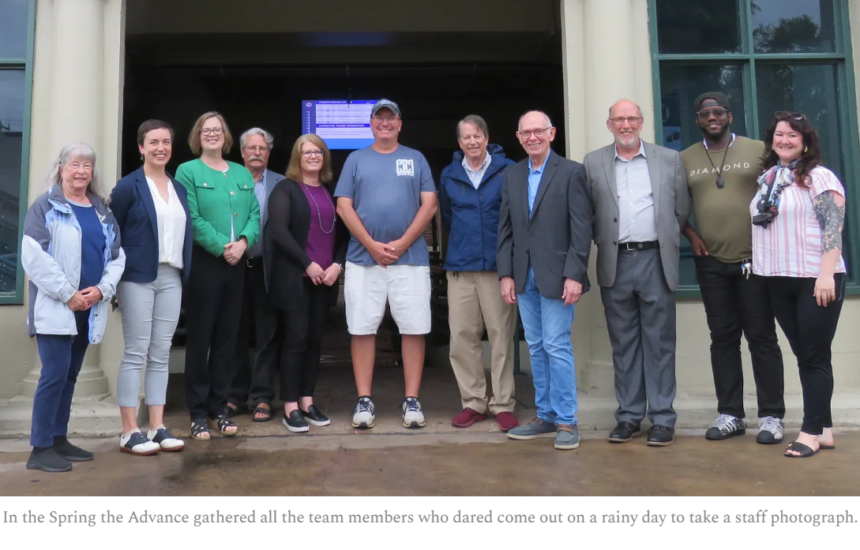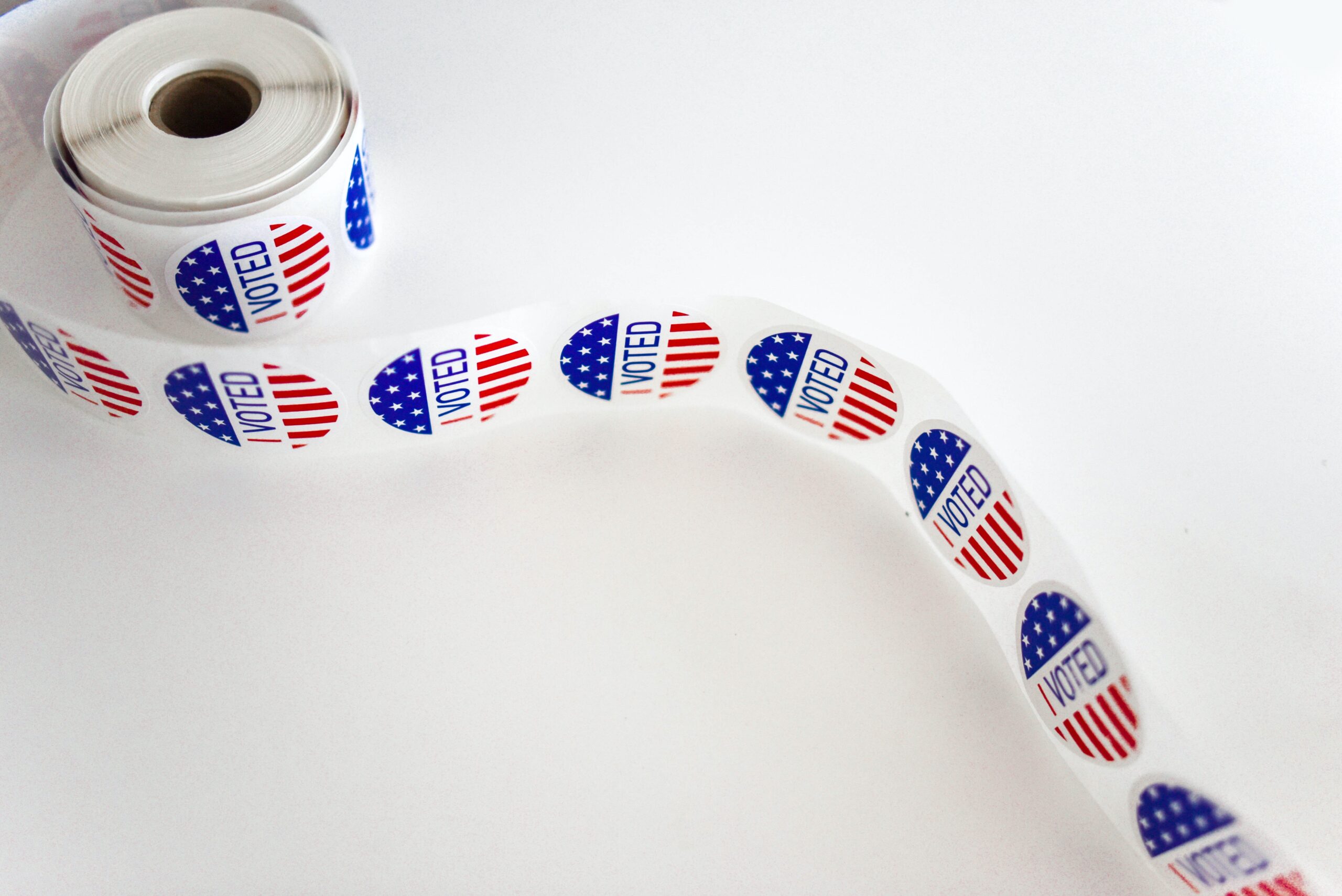Reporting on COVID in its early days gave me a front-row seat into how our deepest-held fears can manifest themselves in concerning ways.
It also gave me a first-hand look at how those who placed societal concern over their political opinions brought people together in creative and inspiring ways.
In a September 2021 piece for the Christian Science Monitor, for example, I reported on how athletic directors around the country navigated between embattled parents on one hand fighting fiercely over science and reality, and young athletes on the other hand who only wanted to pursue their athletic dreams in the limited window of years they have to be athletes.
As I wrote then:
Darryl Nance was watching his local school board meeting in Greenville, South Carolina, via Zoom last year when it dawned on him just how challenging the days ahead would be.
“In back-to-back speakers,” he says, the school district was called “liars [for] exaggerating the impact of COVID” and liars for supposedly “underreporting the number of positive [cases] and the impact of COVID in our schools.”
As the director of athletics for the district, he would have to navigate what was shaping up to be another culture war battlefront – whether to play high school sports during a pandemic.
He was hardly alone in that struggle last year, as athletic directors (ADs) nationwide faced a similar dynamic.
A year on, the nation remains divided over how best to respond to COVID-19. But in the arena of high school sports at least, ADs are finding some common ground with those who disagree about how to take steps forward. The reasons vary by community, but the result is prompting healthy discussion.
One thing almost everyone agrees on: the need to get kids playing sports again. And that shared objective creates an environment for creative solutions.
I found those solutions through people like Jen Brooks, then the athletic director at Ursuline Academy in St. Louis. When the St. Louis Health Department shut down high school athletics, a group of parents under the banner Let Them Play began protesting – sometimes in threatening ways – to get their kids back on the field.
Brooks wanted them playing, too, but knew the protests weren’t going to change the situation. “While I can appreciate the Let Them Play parents and their efforts,” she told me then, “they’re not in the thick of it and don’t know what an athletic program needs to run successfully,”
Instead, she partnered with area athletic directors, met with the health department to understand their concerns, and then worked collectively to get kids playing again through a series of mutually-agreed-upon protocols.
Rather than pitting sides against one another, Brooks found a reasoned way to hear everyone’s complaints and find a resolution. It proved a stunning success in a difficult year for high school athletics.
How Times Have Changed
Three years on, the anger and frustration of those days is largely forgotten. We better understand the realities of COVID, have more tools at our disposal for treating it, and a better appreciation for how to respect boundaries without being disrespectful.
I based this conclusion on an admittedly narrow data set – my own experiences over the past week.
You probably don’t know that a leading indicator of COVID infections, the “test positivity rate,” shows that we’re heading for a surge of infections. Nothing like we saw in January and February 2022, to be sure. But the number of cases is rising.
What’s different from now to then is our reaction.
I was one of those unfortunate few who tested positive earlier this week – if you’re wondering why my name hasn’t been showing up in bylines this week, well, now you know.
At almost 61 years of age, the diagnosis brought a certain level of fear. COVID is harder, after all, on the very young and older populations. But thanks to improved treatments, a better understanding of how the virus operates, and knowing what to watch for and what to do if certain symptoms appeared, I could convalesce without much worry about more-serious repercussions.
That knowledge puts not only the patient at ease, it puts the people around them at ease, too.
On Saturday afternoon, I ventured outside the house for the first time in a week (except for trips to see my doctor). I went to the grocery store with my wife. Fully masked, careful not to touch things, and hand sanitizer in tow. I lasted 10 minutes, then had to go home and go to bed. But I was out long enough to notice how things have changed.
I wasn’t chastised for being a liberal because I was masked up. In fact, I’m not sure anyone paid all that much attention that I was masked.
When people throughout the week found out I had COVID, I wasn’t hit with their political opinion about what they thought the virus was – a possible death sentence, or “just the flu” – but rather concern that I take care of myself, and offers to ease my load where they could.
(My profound thanks to my colleagues at James Monroe High School this past week for their understanding and help. And a huge thanks to Adele and Shaun and Leigh Anne who stepped up and took on more so that I haven’t had to think about the newspaper this week.)
Given how closely I’d watched the pandemic as a reporter, the difference in reaction from then until now was enough to make me ponder a simple question. What have we learned?
Politically involved, socially motivated
The answer is surprisingly simple.
When we are socially involved, we tend to put the needs of others above ourselves. As my grandmother regularly told me, “the best way to forget about your own troubles is to help those who are struggling more than you.” And there are always people whose troubles are worse than your own.
Jen Brooks understood that, and it enabled her to rise about the fray when we as a people weren’t putting people over politics.
We should all, of course, be politically involved. But the pandemic revealed the extent to which politics has become the first lens we tend to run people through.
The result is a national, regional, and local discourse that is increasingly course and dehumanizing.
Why have people led with social concern toward me this week and not political ones? Knowing how to fight the troubles that confront us definitely helps.
And when we don’t know? As was the case when the pandemic burst on the scene?
Well, we can look to Brooks, who was able to understand the frustrations and desire to reach for the political to get their way, but thought first about those who were struggling more than the parents. The athletes. That made her focus not on the angry and the political, but those who were hurting because they couldn’t do the thing they lived – play sports.
That path came through dialogue, and compromise.
As we head into this election year, we’d all do well to spend more time thinking about those worse off than us. If we can manage to put the social first, we may actually come through November feeling the way Brooks did toward the end of her first COVID season as AD.
“In the end, we were just … grateful that we’re sitting there watching [students] play what they love to do.”
by Martin Davis
EDITOR-IN-CHIEF





